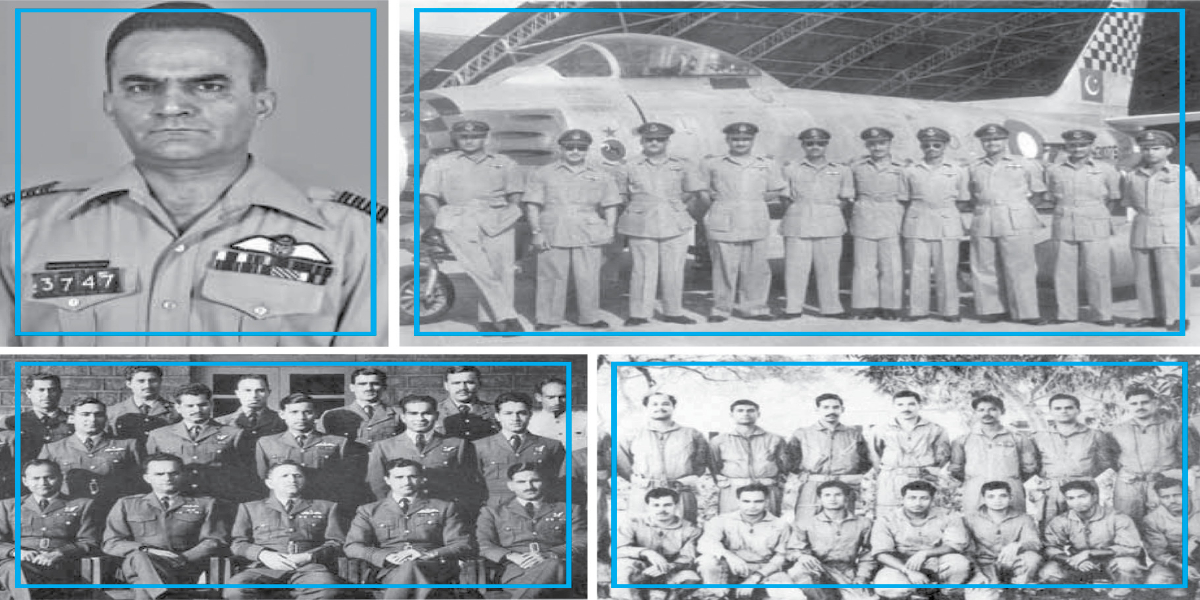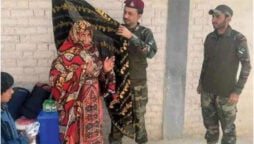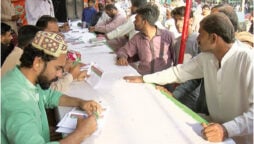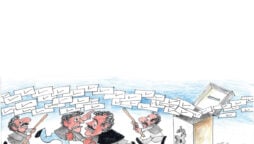
A Ghazi of the 1965 War, Gp Capt Sikandar Mahmood is a shinning example for future aviators
Bhopal born Group Captain Sikandar Mahmood was the son of the honourable Judge Ahmed Khan, who later became the Chief Justice of city. With the partition of sub-continent in 1947, a young Sikandar moved to Pakistan. After successful completion of training at Risalpur, Sikandar earned his wings in January, 1957, thus marking the start of his glorious career in the Pakistan Air Force (PAF).
On the night of September 16, 1965, Sikandar was a member of a two-ship bomber formation ordered to attack the Halwara Airfield with an interval of 15 minutes. As the target was located deep inside enemy territory, conservation of fuel was the biggest concern.
The formation took off from Mauripur and decided to stay in the Pakistani territory at high altitude, thus saving fuel for the final low-level attack on Halwara. The Indian radar would see the formation flying along the border but would not know about its intended destination. The crew considered it to be the best strategy as it was not possible to fly at a low level all the way from Karachi to Halwara, located south of Amritsar.
Flying at high altitude, crew maintained complete radio silence and took a final clearance from the Badin Radar to enter the hostile territory. The crew had selected Montgomery, present day Sahiwal, as the descend point and entry into Indian airspace.
On reaching Montgomery, the aircrafts turned right and descended to avoid radar detection. Buzzing at deck-level, the giant bombers continued their advance towards the target. Soon the silhouettes of installations at the enemy base, one of the biggest in northern India, started to grow bigger and the crew prepared for the final assault.
Short of target Sikandar climbed to 8,000 feet and released four 1,000-pound bomb loads in a shallow dive, as it was an area bombing mission. The moment the bombs struck the airfield, the enemy guns opened up, the sky was lit with tracers, and shell bursts.
Undaunted Sikandar yanked the controls and dived steeply for the second bombing run. Shells burst all round and streams of bullets whizzed past but he flew on, nose down, into the devastating deadly focus of fire. Offloading bombs with razor sharp accuracy, Sikandar dived to tree top level and exited the target at high speed. The mission was accomplished.
The moment they crossed the border into Pakistan, the crew realised that their fuel situation was critical. They immediately requested the Sakesar Radar to climb to higher levels to conserve on fuel. Flying back to Mauripur was out of question, hence they diverted to Peshawar instead.
Soon, the radar informed them that Indian Air Force (IAF) bombers were heading towards Peshawar for a bombing run and advised them to stay clear of the area and plan to land at Risalpur. The landing at Risalpur became a tricky one as the runway lights were switched off, keeping in view the danger of incoming IAF Canberra raid.
Later in the War, Sikandar flew a large number of bombing missions against enemy airfields at Ambala, Halwara, Adampurk, Pathan Kot, Jamnagar, and Jodhpur. Each one of his attacks was delivered with great accuracy causing maximum damage to the enemy. He always volunteered to undertake any mission that was available and the results produced were always exceptional.
Catch all the National Nerve News, Breaking News Event and Latest News Updates on The BOL News
Download The BOL News App to get the Daily News Update & Live News.












 Read the complete story text.
Read the complete story text. Listen to audio of the story.
Listen to audio of the story.